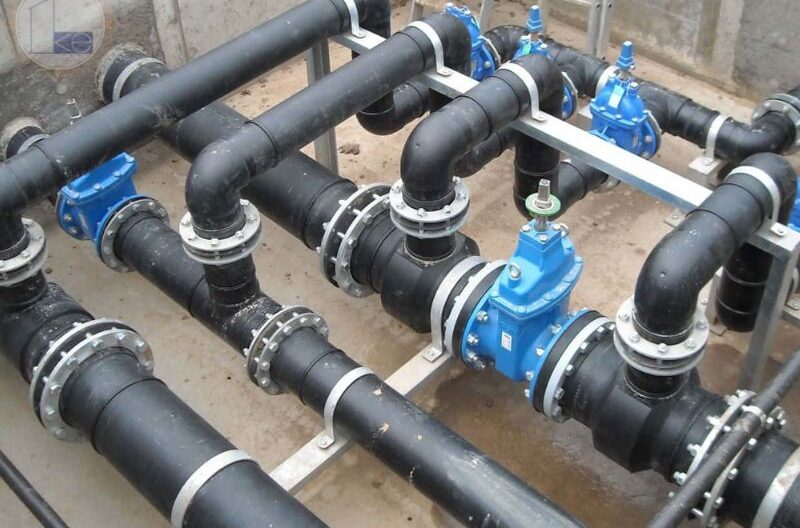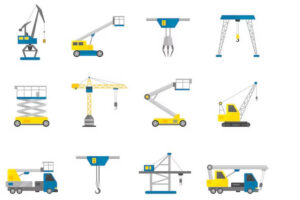
Are you building a commercial space in Singapore and sweating over the chill water piping?
Wondering if your building will stay cool without turning your budget ice-cold? You’re not alone.
Choosing the right chill water piping system is crucial. It’s the unsung hero behind every comfortable mall, office, or hotel. And in Singapore’s humid climate, comfort isn’t optional — it’s expected.
Let’s talk about how to get this choice right the first time, without freezing up in confusion.
Why Chill Water Piping Matters More Than You Think
- Chill water piping isn’t flashy. It doesn’t get a grand opening or ribbon-cutting ceremony.
- But without it, your building becomes a giant oven with air-conditioning bills that make you dizzy.
- This system moves chilled water from your cooling plant to air handling units (AHUs) and fan coil units (FCUs).
- That water absorbs heat from the building and returns to be re-cooled. That cycle keeps your tenants from boiling over.
- Get the system wrong? You’ll pay more in maintenance, energy, and complaints than you ever budgeted for.
Material Choices – Steel, Copper, or Plastic?
Steel – The Traditional Titan
- Steel has been the industry’s go-to for decades. It’s durable, rigid, and handles pressure well.
- But it’s heavy, labor-intensive, and rust doesn’t take holidays — especially in humid Singapore.
- It may suit larger systems or older buildings, but it’s not always ideal for modern setups.
- Want a long-lasting system? You’ll need excellent insulation and anti-corrosion treatments.
Copper – Sleek But Pricey
- Copper’s like the luxury sedan of chill water piping — efficient, elegant, and expensive.
- It resists corrosion well and handles thermal expansion better than steel. Plus, it’s easy to fabricate.
- But copper costs more, and with rising material prices, that adds up fast. Is it worth the extra dollars?
- Only if your budget allows and your building demands a premium setup.
Plastic (HDPE or PPR) – Lightweight Contender
- Plastic piping is gaining ground fast, especially in new builds across Singapore.
- It’s light, flexible, and immune to rust. HDPE and PPR systems are also easier to install.
- However, plastic isn’t invincible. It may not handle high pressure or temperature swings like metal.
- Still, if properly installed, it can last decades with minimal maintenance.
System Design – Loop It or Branch It?
- Choosing your chill water piping layout is like choosing between highways or local roads.
- One’s fast and direct; the other’s flexible but slower.
Primary-Only Systems
- Simple and efficient for smaller buildings, a primary-only loop sends chilled water directly to the building.
- It’s easier to manage, less costly to install, and doesn’t require multiple pumps.
- But in bigger buildings, this can become inefficient — the flow doesn’t always match the load.
- If your system is always over-pumping, energy waste follows.
Primary-Secondary Systems
- This design adds a secondary loop for better control and energy management.
- It’s ideal for medium to large commercial buildings — especially those with varying cooling needs.
- But it’s more complex, with additional pumps and controls to maintain.
- Still, the efficiency gains often justify the upfront cost.
Insulation – Don’t Skip the Sweater
- Singapore’s climate means pipes sweat. That’s not just gross — it’s a mold and corrosion nightmare.
- Your chill water piping needs high-quality insulation to prevent condensation and maintain efficiency.
- Look for closed-cell insulation materials that are moisture-resistant and mold-proof.
- Bad insulation isn’t just an eyesore — it turns your entire cooling system into a liability.
- Ask yourself: would you wear a wool coat in the rain without a waterproof layer?
- Your pipes shouldn’t either.
Efficiency vs. Budget – Where’s the Sweet Spot?
- There’s no one-size-fits-all chill water piping system. The right choice balances cost, efficiency, and longevity.
- A cheap system may save today but bleed your maintenance budget dry tomorrow.
Consider These Key Factors:
- Building size and use – Malls need different systems than data centers or office towers.
- Cooling load fluctuations – Is your building occupied 24/7 or only during office hours?
- Installation access – Are you retrofitting an old structure or building from scratch?
- Energy targets – Are you aiming for green certification or reducing utility bills?
Every decision, from materials to layout, should align with these priorities.
Local Regulations and Climate – Singapore Isn’t Just Anywhere
- Singapore’s building codes and standards are strict for a reason — the city needs to stay cool, clean, and efficient.
- Make sure your chill water piping design complies with BCA regulations and energy standards.
- And don’t forget the weather — Singapore’s humidity isn’t just uncomfortable, it’s relentless.
- Your system must be built to withstand tropical conditions, both above ground and underground.
- Thinking of cutting corners to save a few bucks? That may cost you compliance, comfort, and credibility.
Future-Proofing – Is Your System Ready for the Next 20 Years?
- Commercial buildings aren’t built for the next five years — they’re built for the next fifty.
- Your chill water piping needs to be just as forward-thinking.
- Can your system handle future expansions or added cooling demands?
- Will materials degrade or fail under long-term stress?
- Smart developers in Singapore are now designing with flexibility in mind. That means choosing scalable layouts,
- modular components, and materials that can stand the test of time — and temperature.
So – What Should You Do Next?
- Walk through your building plans. Check your cooling loads.
- Talk to your design team.
- Ask the questions that matter:
- Will this system keep my tenants comfortable — and my budget intact — for the long haul?
- Because the right chill water piping isn’t just about chilled water.
- It’s about making a smart investment in the bones of your building.
- One that doesn’t crack under pressure — or leak it.
Final Thought
If your chill water piping system runs smoothly, nobody notices. But if it fails, everyone notices — immediately. So take the time, spend the money wisely, and get it right. After all, in Singapore, staying cool is serious business.




